
Need assistance?
Need Assistance? Call Us 0330 058 0631





















 Book a service
Book a service

28/02/2025 • by Chris Bird
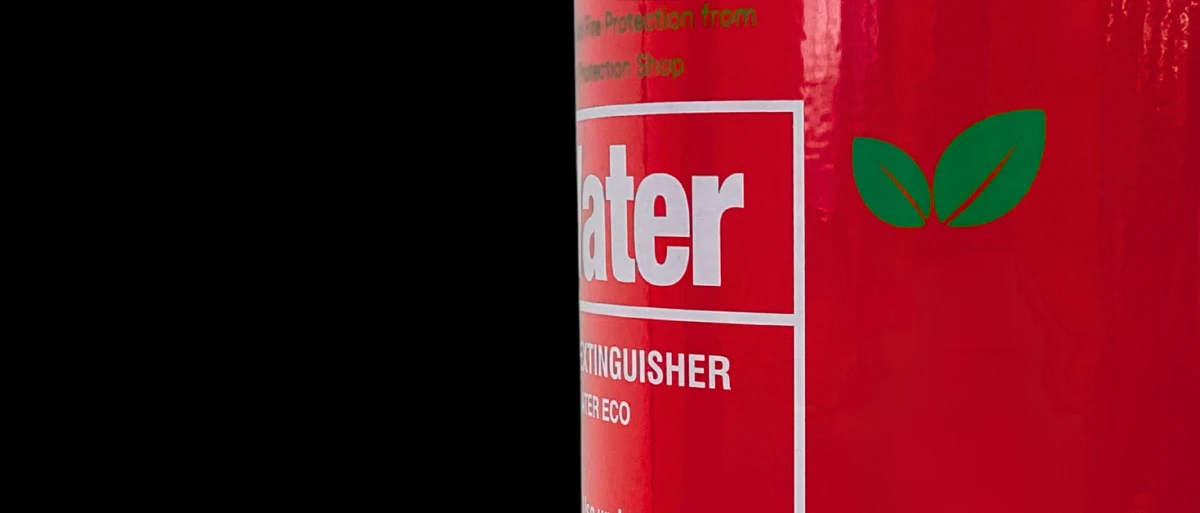
Water fire extinguishers are one of the most popular extinguishers used to tackle fires. They’re effective on Class A fires, like wood, paper, and textiles. Simple to use and cost-effective, water extinguishers are ideal for most homes and offices.
In this blog, we’ll explore how water fire extinguishers work, when to use them, and why they’re a reliable option for tackling everyday fires. Click here for other fire extinguishers
A water fire extinguisher uses water to put out Class A fires, such as those involving wood, paper, and textiles. It works by cooling the fire and reducing the heat.
A water fire extinguisher works by cooling the fire. The water is sprayed onto the flames, lowering the temperature and stopping the fire from spreading. It removes heat from the fuel, making it harder for the fire to continue.
Lower the temperature
Remove the heat from the fuel
Prevent the spread of the fire
This method is effective for Class A fires but should never be used on electrical or flammable liquid fires.
A water fire extinguisher is used for Class A fires. These include fires caused by wood, paper, and textiles.
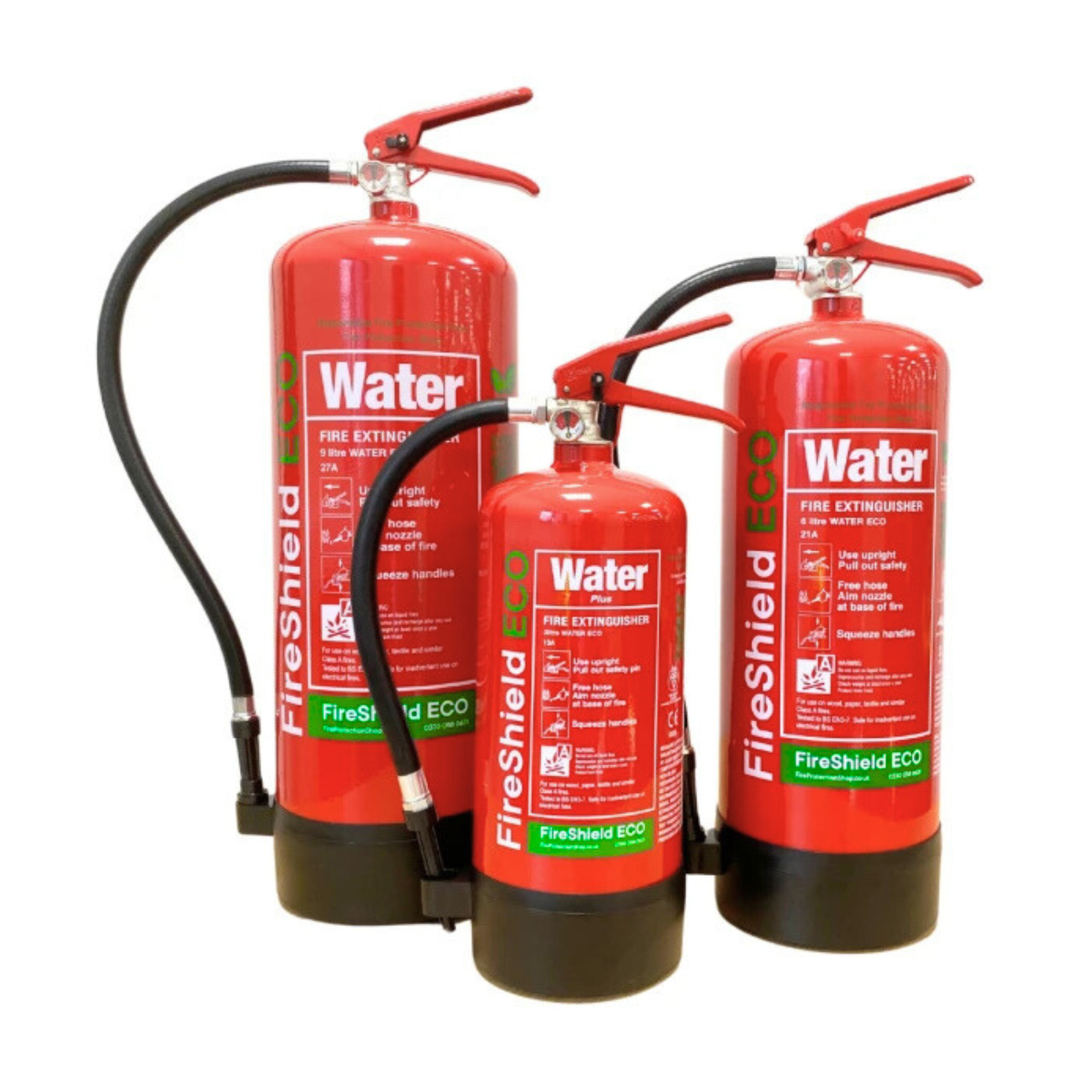
ex vat
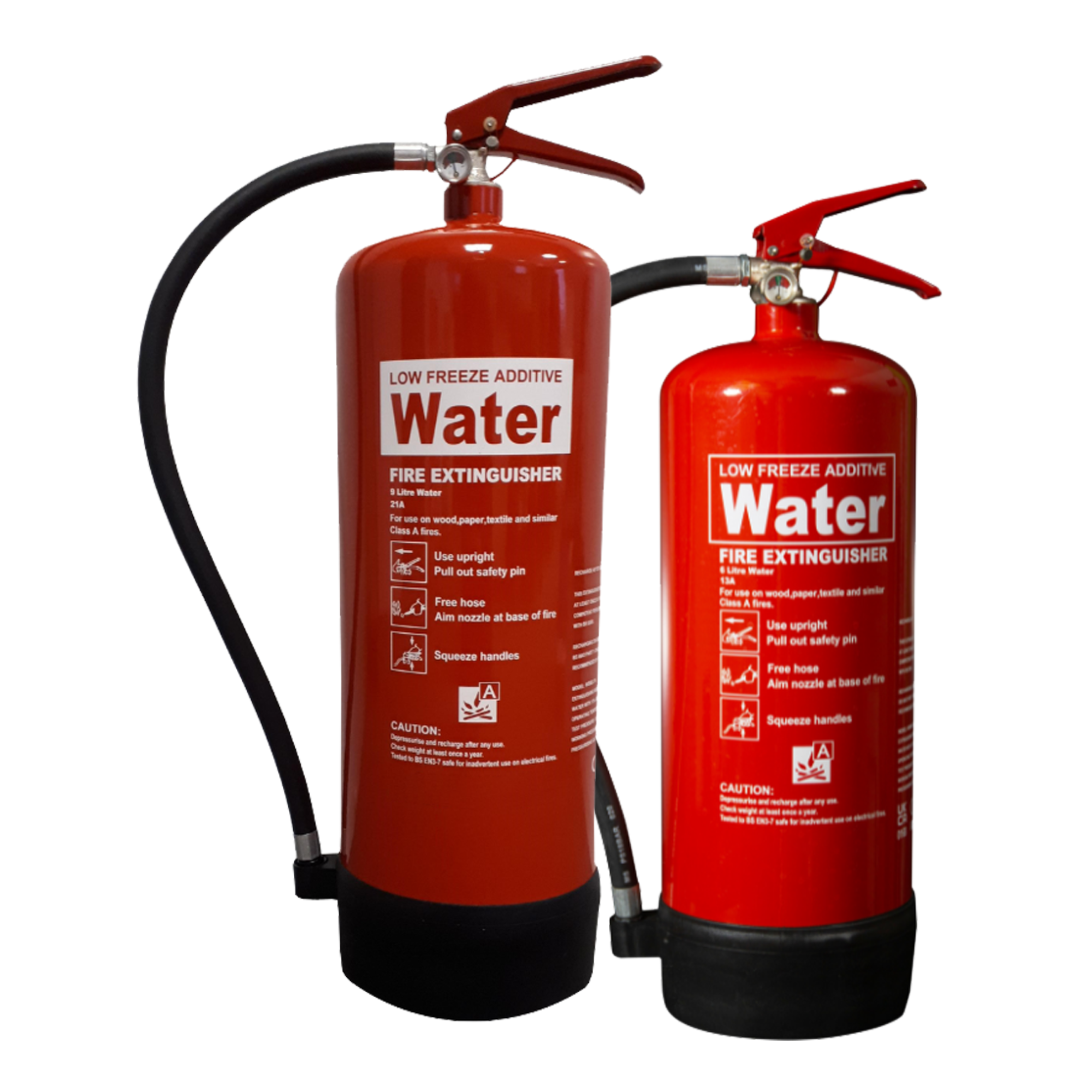
ex vat
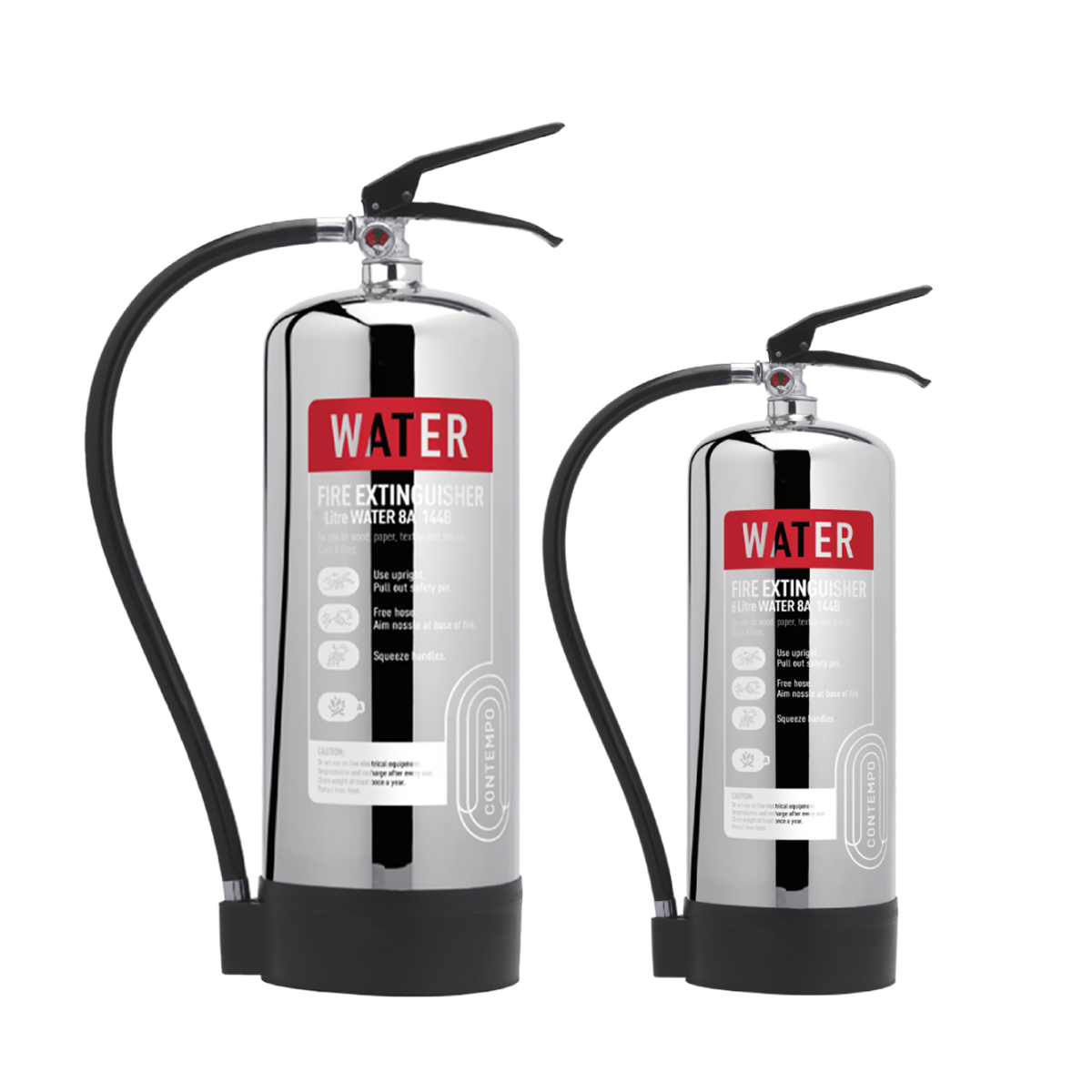
ex vat
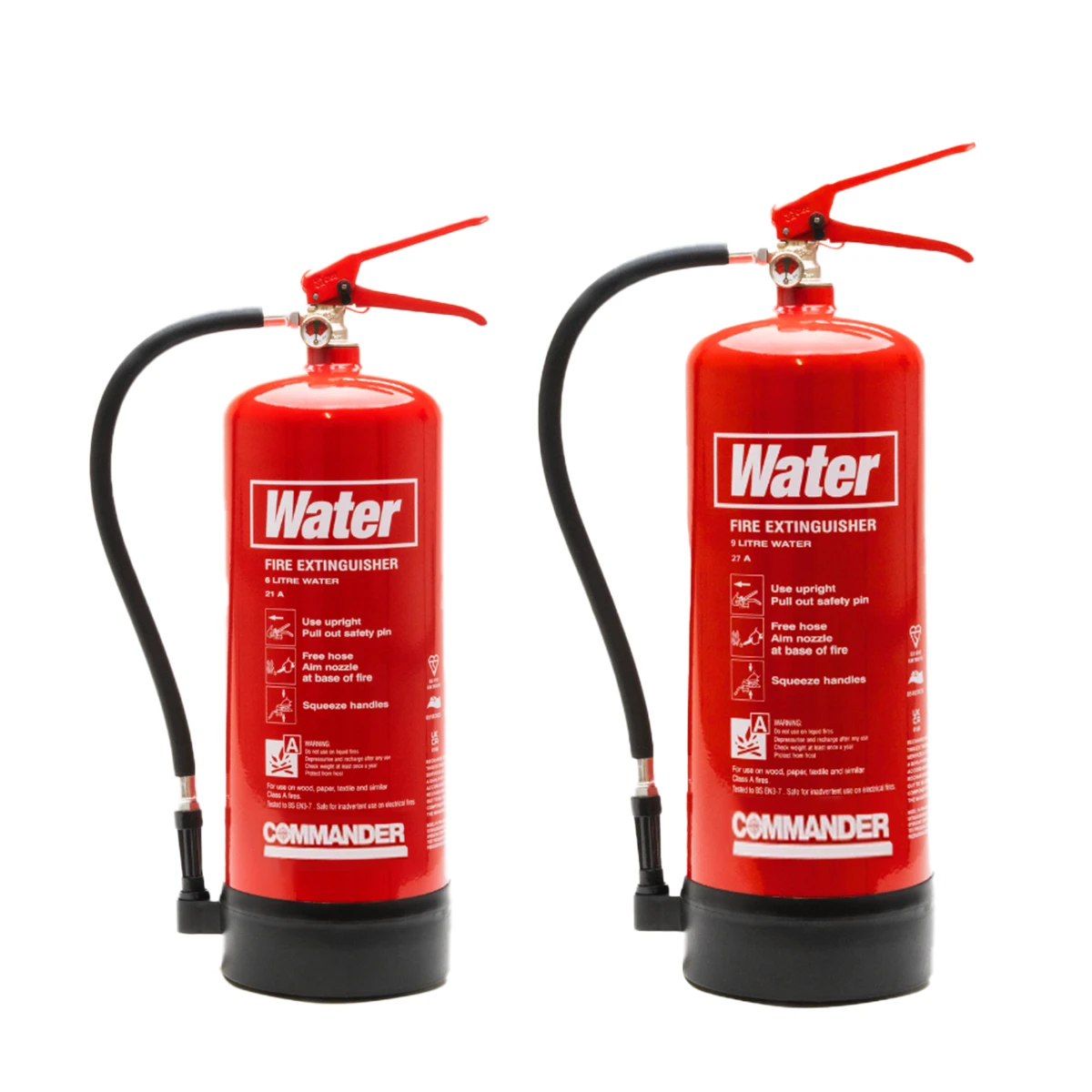
ex vat
.png)
ex vat
Never use a water fire extinguisher on electrical fires. Water can conduct electricity, increasing the risk of shock.
Don’t use a water fire extinguisher on:
Class B flammable liquid fires like oil or petrol, it will spread the fire
Class C gaseous fires
Class F cooking oils. Water will splash the cooking oil around the kitchen potentially causing the fire to spread
Class D metal fires. Water can react with some metals, making the fire worse
Electrical fires, electricity is a major cause of accidental fires in UK homes, over 20,000 each year (source)
According to the Home Office's fire statistics data tables, electrical distribution and appliances are common sources of accidental dwelling fires.
A water fire extinguisher is red with a red label. The label will show clear WATER text per BS EN 3.
You’ll find clear instructions on the label, along with a pressure gauge to check its readiness.

ex vat
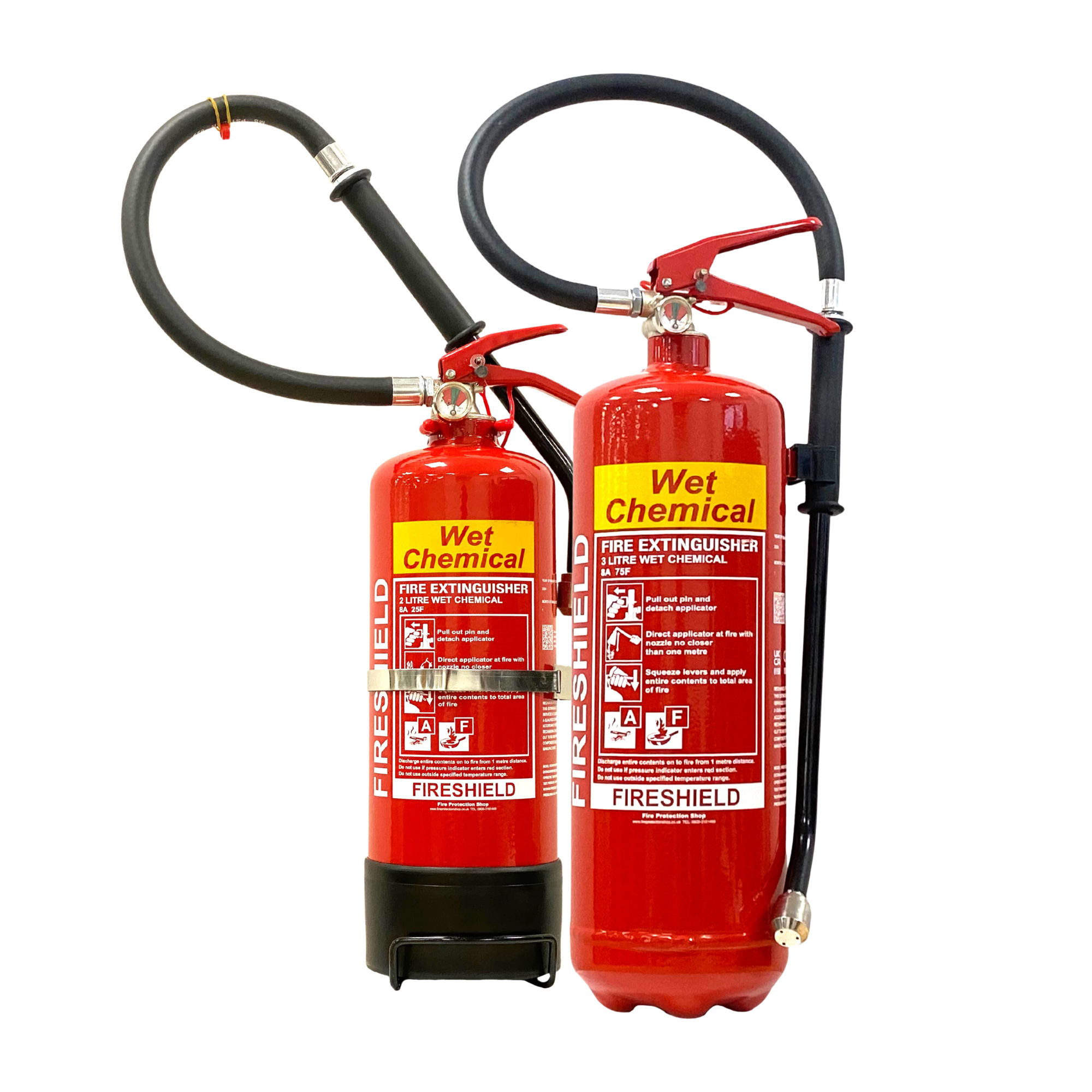
ex vat
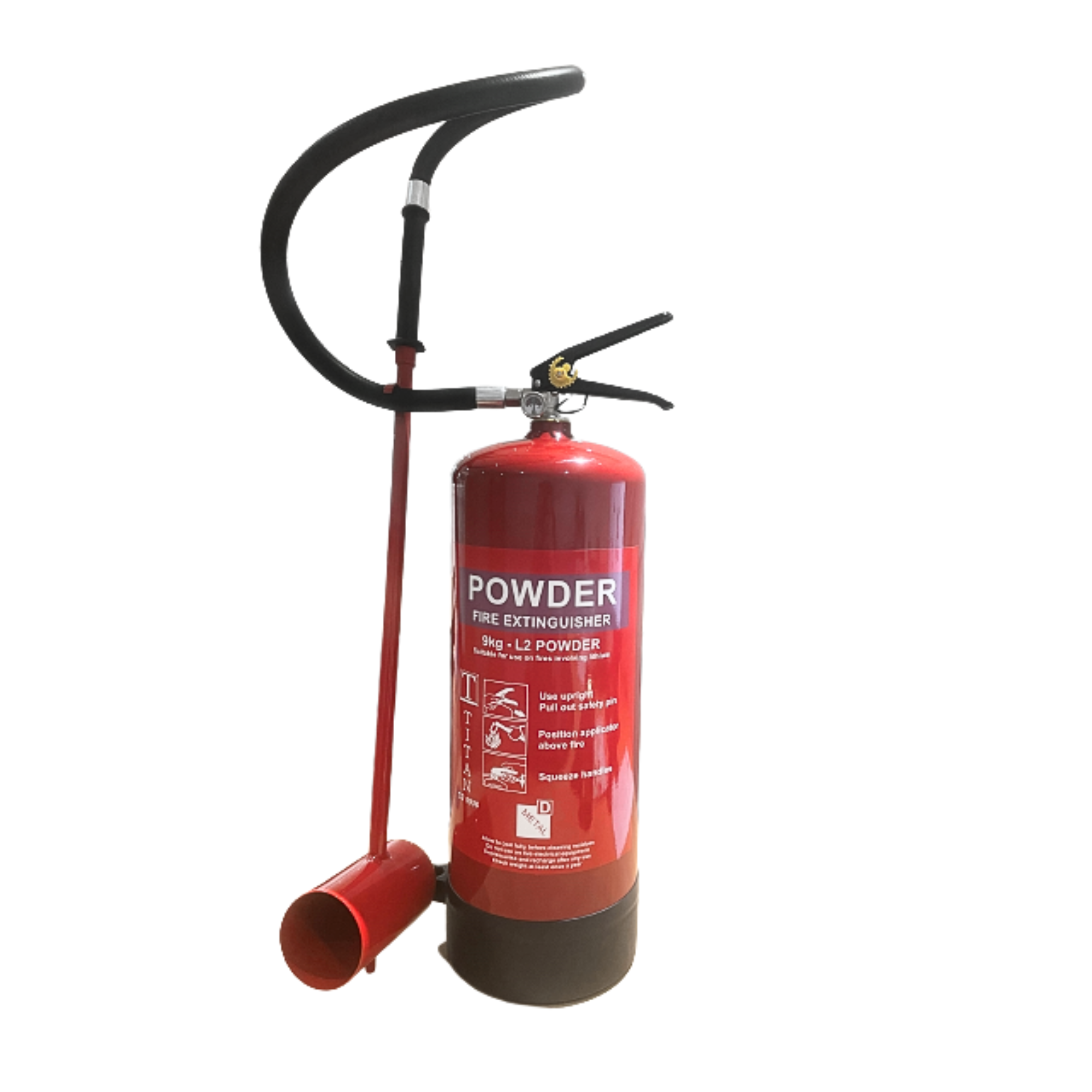
ex vat
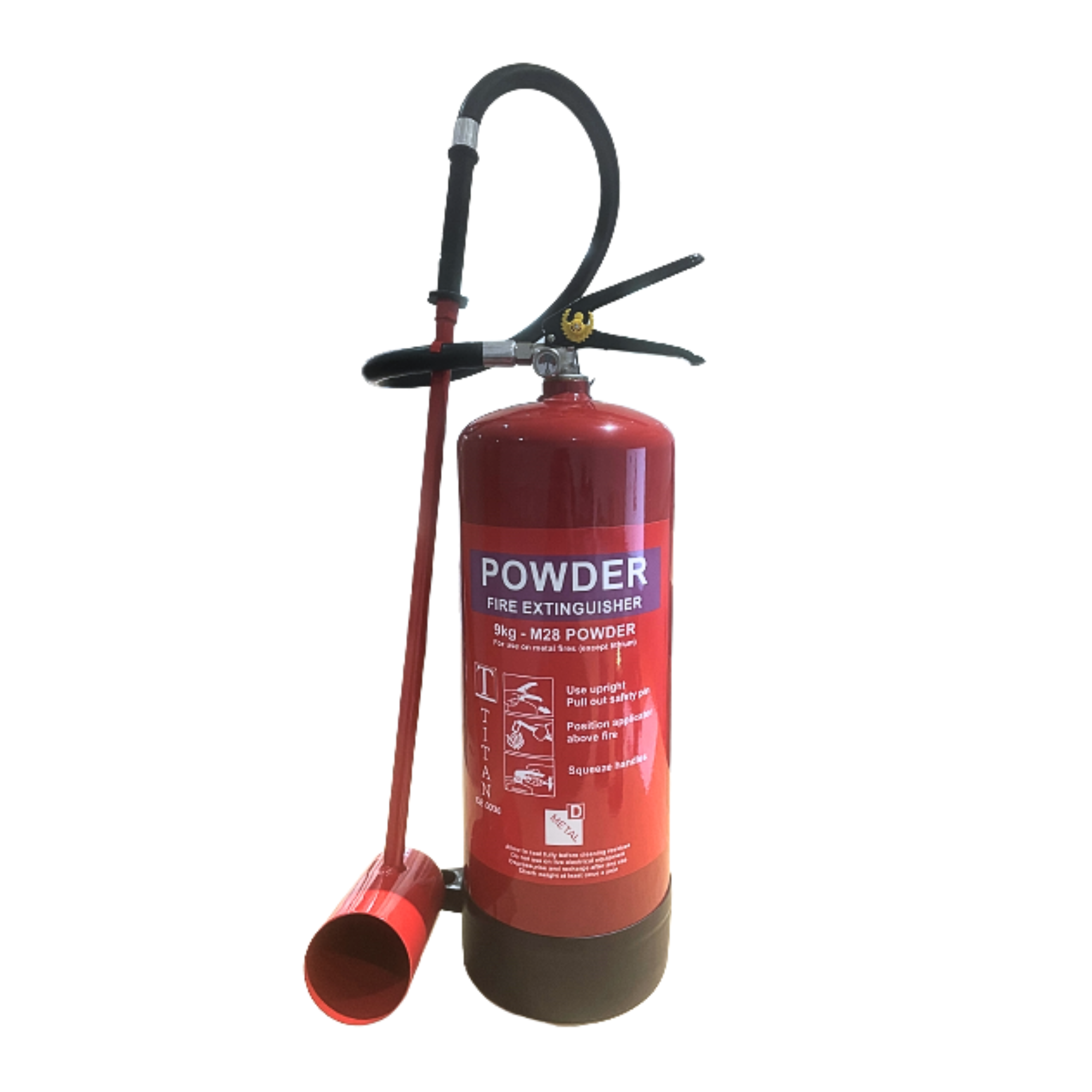
ex vat
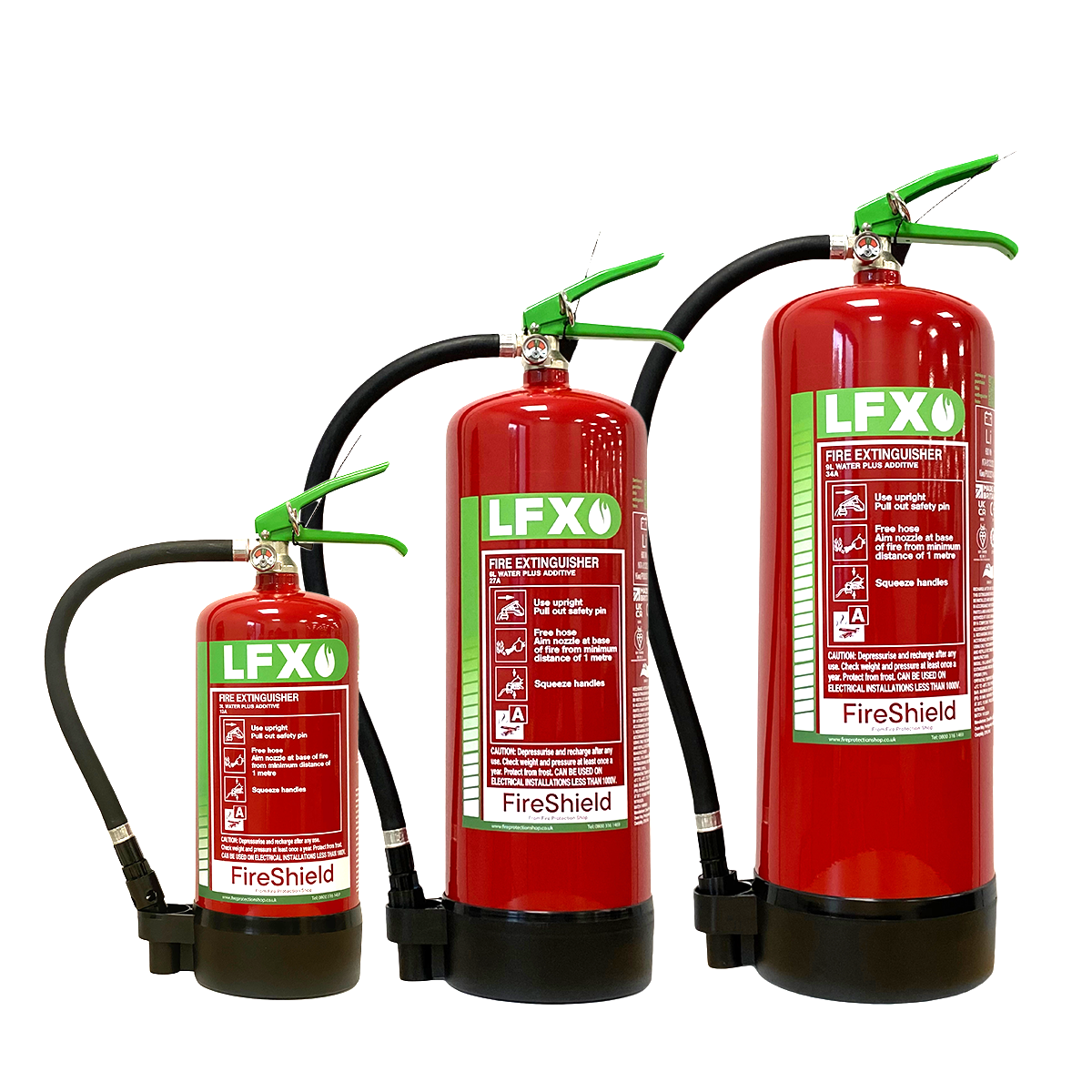
ex vat
A water-additive fire extinguisher contains water mixed with additives to improve performance. The additives make the water more effective at cooling the fire. They can also help prevent re-ignition.
These extinguishers are used for Class A fires
Are more efficient than regular water extinguishers
Ideal for environments where fires can quickly spread
A water mist fire extinguisher uses a fine mist of water to put out fires and is effective on Class A, Class F, and electrical fires.
Water mist extinguishers are safe for delicate equipment, cooking oil fires and enclosed spaces. They are more versatile than regular water extinguishers.
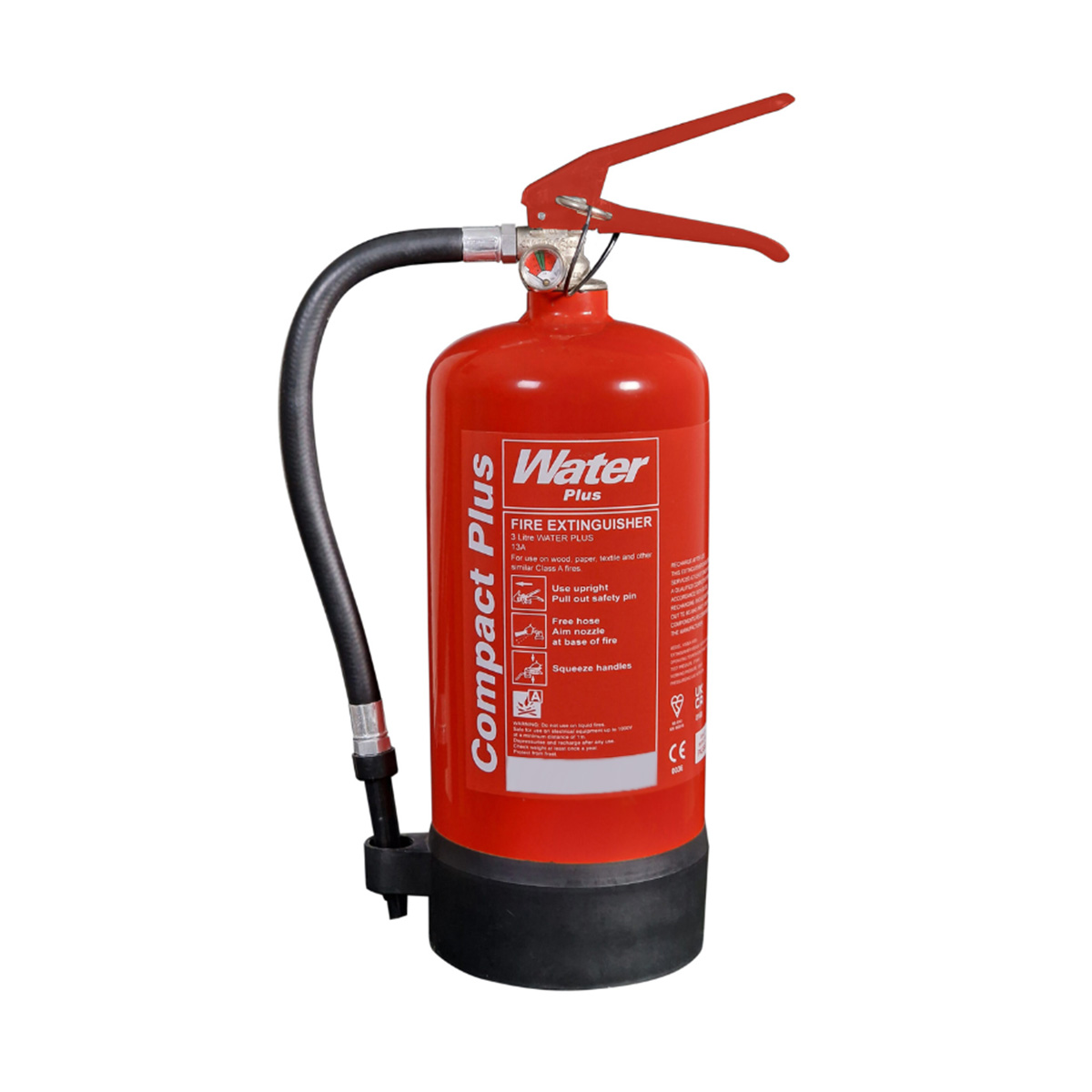
ex vat
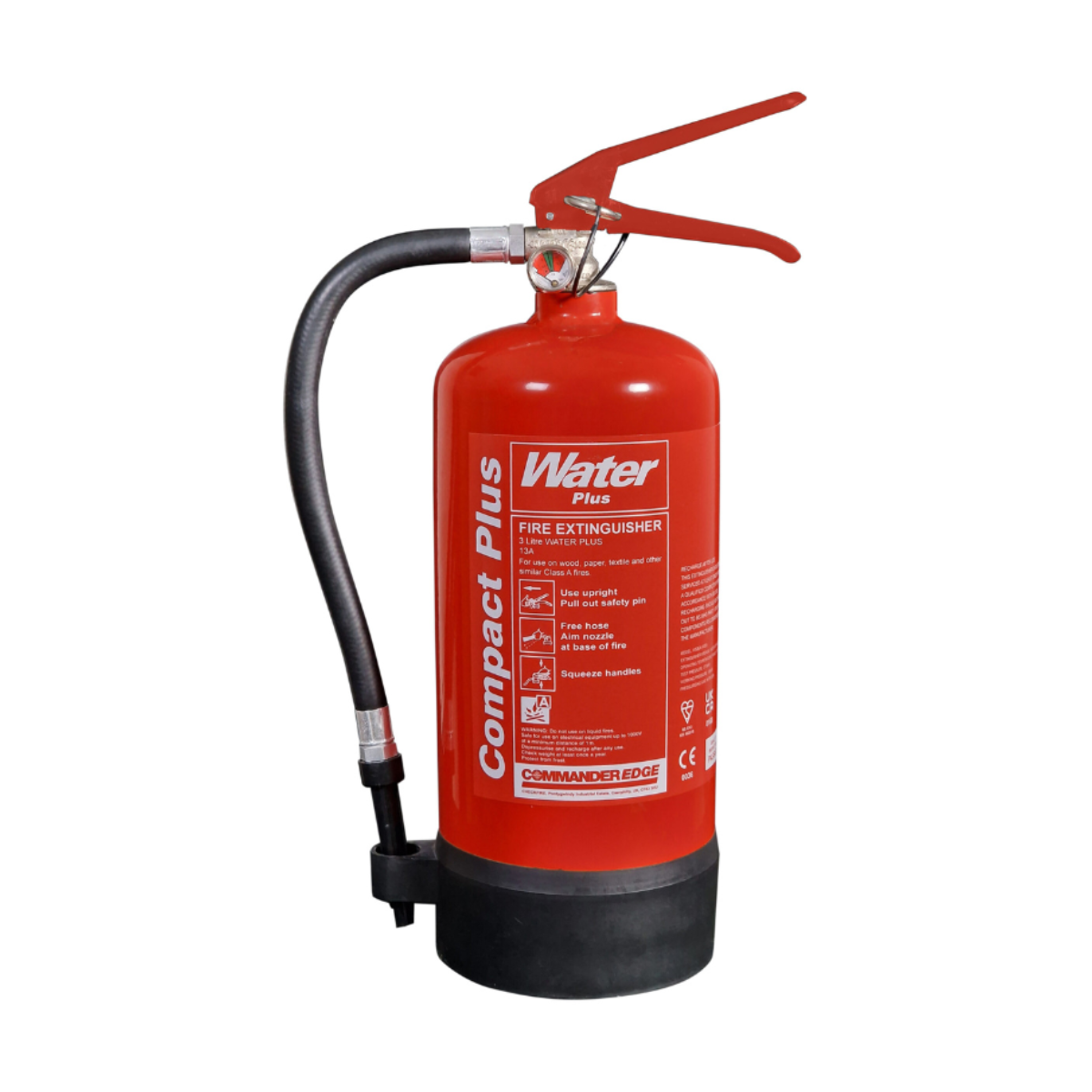
ex vat
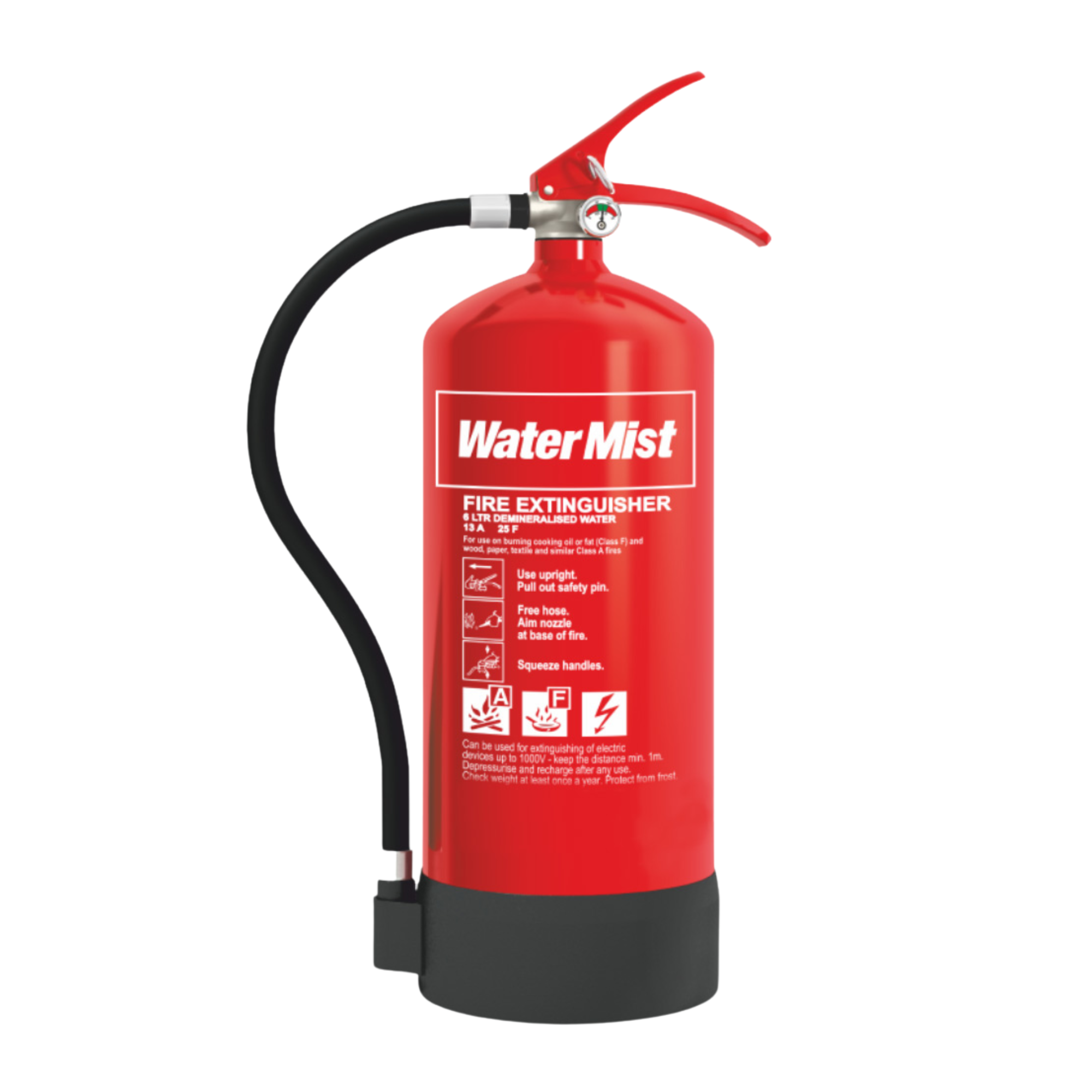
ex vat
.png)
ex vat

ex vat
Effective on Class A fires, like wood and paper.
Easy to use and affordable.
Ideal for homes and offices.
Non-toxic and safe for general use.
Not suitable for electrical fires.
Can spread flammable liquids like oil.
Damages electronics and valuable items.
Limited to Class A fires only.
In the fiscal year 2021 to 2022, the Home Office released statistics focusing on primary fires involving upholstered furniture.
"Of the total 176 victims of fires with an item first ignited of "Furniture/Furnishings - Upholstered furniture', there were 22 fire-related fatalities and 154 non-fatal casualties." (source).
We use cookies to enhance your site experience. Choose your preferences below.




